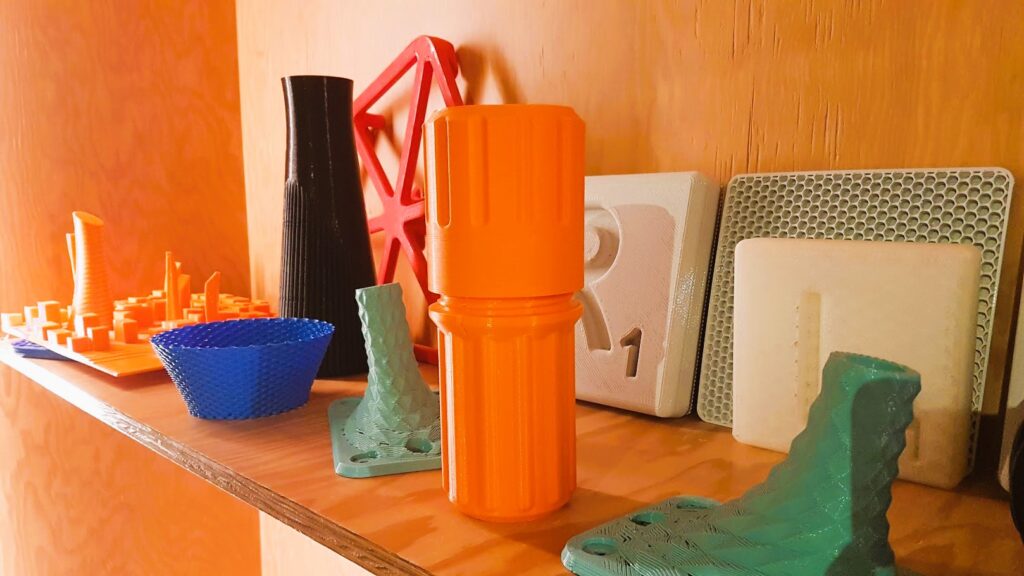Investment uncertainty: How to know which product to crowdfund?

Various designs produced by 3D printers, at The Design Museum, London. Image by Tim Sandle.
Even though crowdfunding is a relatively old type of fundraising, the modern version of it possibly dates back to 1997 when the British rock band Marillion invited their fans to chip in for their next tour. This successful campaign unlocked a new way of financing artists and entrepreneurs worldwide. Subsequently the platforms as Indiegogo, Kickstarter, or GoFundMe followed.
This new round of fundraising also created a new breed of scam artists that took the idea of communities coming together for a good cause and flipped it for their own nefarious needs. It is useful to run an Internet search on the company and its founders and check if there are any articles by reputable news portals that cover their story. Did the company receive any awards, file any patents, or get mentioned in any research papers? Do they have a solid social media following already? A freshly made page is a sure red flag.
Alternatively, mediocre campaigns can put consumers off. For instance, an obvious lack of care while preparing the campaign should be a clear red flag that makes consumers steer clear of the campaign. The same could be said about the cohesion of the offer and the type of communication surrounding the campaign from start to finish.
There are some cases of concern out there, but this does not mean the public should stop supporting budding artists and entrepreneurs. Instead, there are a few rules to steer clear of problematic campaigns, according to analysts at Kilo Health.
Every company in the world had humble beginnings, and it became common knowledge in Silicon Valley that most huge companies, including Microsoft and Apple, started out in one of the founder’s garages. Some companies switched their business model along the way, as with Amazon starting out as a tiny online bookstore.
But what all these companies have in common is that their founders either had a strong track record before they launched their successful model, or they had the necessary skills to build one. Most entrepreneurs did not secure their first investment before they already had a solid prototype.
It is useful to ask the following questions before backing any project:
- Is it clear who the people and companies behind the project are?
- Is it the first time they have worked in this industry?
- Do they already have some market traction and a product they could be selling?
In many cases, novice founders are very optimistic about their products but do not have enough experience to properly plan their development.
A good example of a solid campaign is created by Pulsetto, a company that develops a neuromodulator device that stimulates the vagus nerve. This product helps the body enter the “rest and digest” mode and become calmer, feel better, and manage stress. The product is developed by a team of sleep experts led by sleep coach Vitalijus Majorovas.
Investment uncertainty: How to know which product to crowdfund?
#Investment #uncertainty #product #crowdfund





